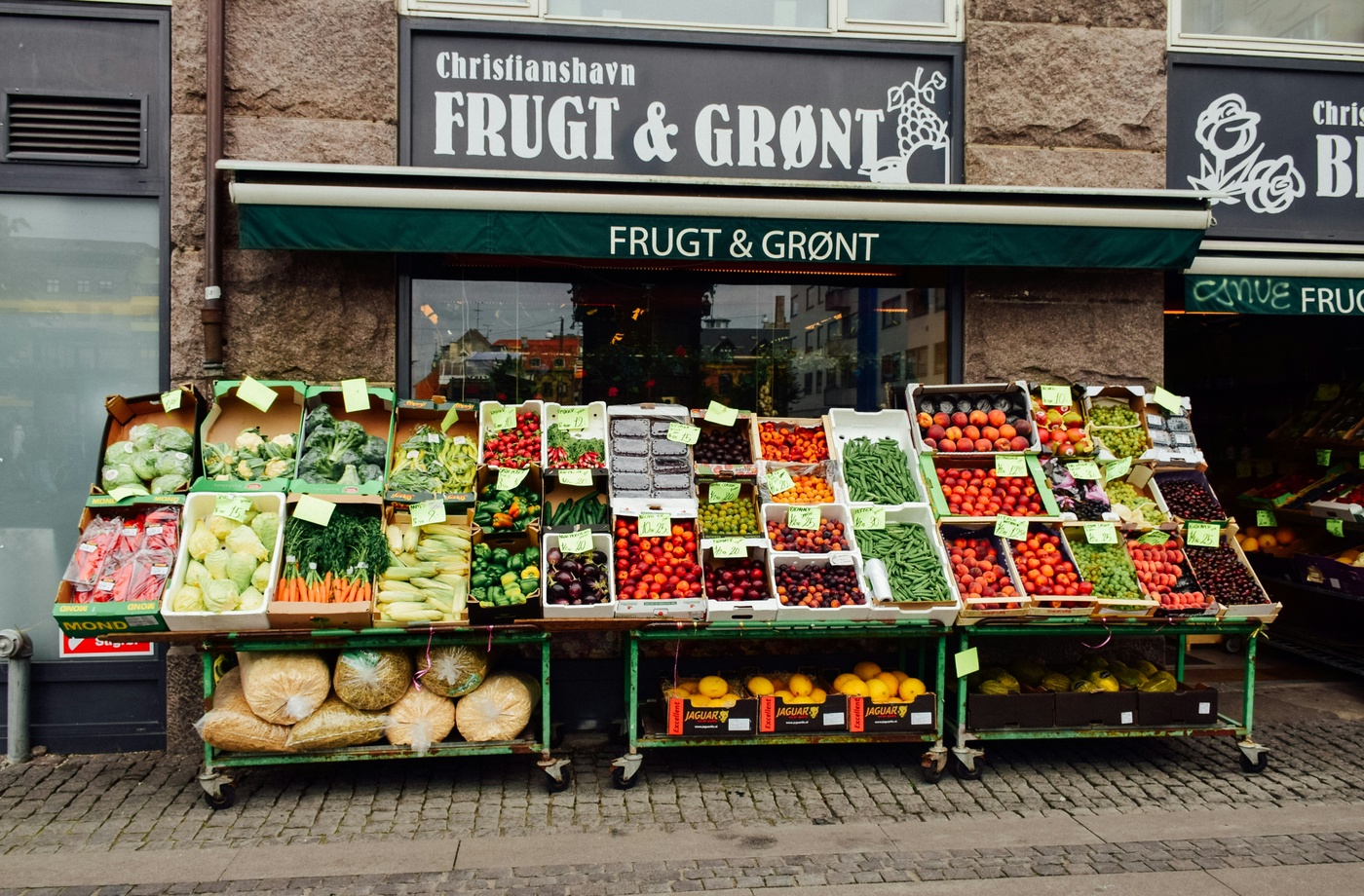Most grocery stores follow predictable sales patterns—known as sales cycles—that rotate every 6 to 12 weeks. Learning how these cycles work can help you plan purchases, stock up at the right time, and significantly reduce your grocery bill over time. If you’ve ever wondered when to buy pantry items, seasonal produce, or meats for less, this guide is your starting point.
What Is a Grocery Sales Cycle?
A grocery store sales cycle refers to the recurring schedule that determines when specific items go on sale. Most stores run weekly ads with promotions that reflect seasonal trends, national holidays, and internal inventory strategies. Items tend to rotate on discount every 6–8 weeks, although perishable goods may follow a shorter pattern.
How to Spot the Cycle
- Track Weekly Circulars
Start by reviewing your local store’s ads weekly. Look for patterns in pricing on staples like cereal, chicken, or pasta. Sites like Kroger Weekly Ad or Safeway Weekly Ad post updated flyers online.
- Create a Price Book
Track your common purchases and note the lowest prices over time. A simple spreadsheet or a note-taking app works great. This helps you recognize when something is truly on sale versus just advertised.
- Look for Seasonal Discounts
- January: Health foods, oatmeal, canned beans
- March-April: Baking supplies for Easter
- July: Grilling items, condiments
- November: Turkey, stuffing, canned vegetables
Tips to Shop the Cycle
- Buy enough to last until the next cycle. For example, if pasta is on sale every 8 weeks, stock up to cover that time frame.
- Match sales with coupons and loyalty discounts. Combine store discounts with digital or paper coupons for deeper savings.
- Freeze meats or dairy when they’re discounted. This helps avoid paying full price later.
- Shop for produce in season. Use Seasonal Food Guide to see what’s cheapest each month in your area.
Use Cashback and Rewards to Multiply Savings
You can maximize your grocery savings by combining sales cycles with cashback rewards:
- Apps like Ibotta and Rakuten offer cash back on many sale items.
- Earn cashback with grocery gift cards from Fluz—participating retailers like Albertsons, Sam’s Club, and Walmart often feature sales that align perfectly with reward-boosting opportunities. See more at the Fluz homepage.
Final Thought
Understanding and using grocery sales cycles takes a bit of time upfront, but it pays off in predictable savings every month. Pairing these strategies with rewards tools, smart storage, and a simple price book turns an ordinary shopper into a truly strategic one.



